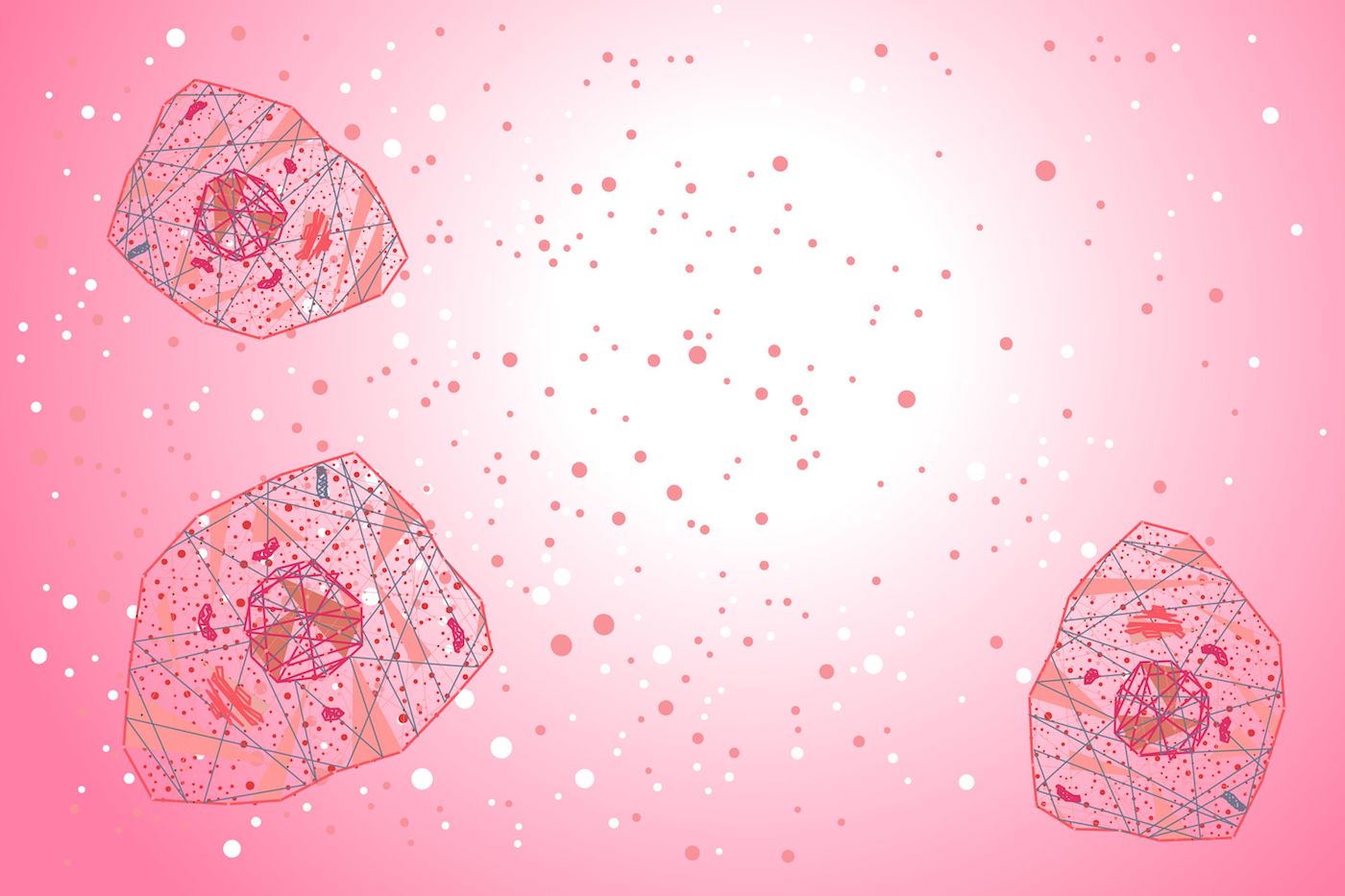
Some immune responses begin with a whisper, but this one begins with a surge. Cytokines are messengers. They guide immune activity—calling reinforcements, marking danger. Usually, they keep communication clean. But sometimes, the message loops endlessly. Instead of signaling help, they amplify destruction. This overreaction becomes its own threat. The body begins to attack itself, not just the invader. And what starts as defense becomes damage.
Cytokines are meant to coordinate—not dominate—the immune process
Cytokines are meant to coordinate—not dominate—the immune process. They activate cells, regulate inflammation, and shape recovery. When functioning well, they rise and fall with precision. But when the system misreads the threat, cytokines escalate unchecked. Levels surge far beyond normal. Tissues absorb the fallout. Organs bear the burden. It’s not the virus, in many cases, but the response that proves fatal.
The storm doesn’t arrive without warning, but signs often blend into existing symptoms
The storm doesn’t arrive without warning, but signs often blend into existing symptoms. Fever spikes. Breathing grows shallow. Blood pressure drops. Confusion may follow. Doctors see patterns, but they emerge late. Many early clues resemble severe infection. It’s only when treatments fail—or when labs shift sharply—that cytokine storm is suspected. Diagnosis often comes during crisis, not before.
It often begins during viral infections, but isn’t caused by the virus itself
It often begins during viral infections, but isn’t caused by the virus itself. Influenza. SARS. COVID-19. These viruses can provoke strong immune reactions. But not everyone affected experiences a storm. Genetics, timing, and immune history all matter. The trigger is real, but the scale of response defines the danger. One body contains it. Another loses control. The virus sets the stage, but the storm writes its own rules.
Elevated levels of IL-6, IL-1, and TNF-alpha often mark the storm’s arrival
Elevated levels of IL-6, IL-1, and TNF-alpha often mark the storm’s arrival. These are key cytokines. They stimulate fever, inflammation, and blood vessel changes. When unchecked, they spiral outward. Blood vessels leak. Clotting may rise. Lungs flood. Liver enzymes shift. Lab panels reflect chaos. These aren’t subtle changes. They paint a body under siege. And they guide doctors toward interventions that go beyond standard care.
Immune-modulating drugs aim to break the feedback loop before organs fail
Immune-modulating drugs aim to break the feedback loop before organs fail. Steroids. Monoclonal antibodies. These don’t kill pathogens—they interrupt signaling. Timing is delicate. Too early, and they suppress needed defense. Too late, and tissue damage deepens. Care teams walk a narrow path. They must quiet the storm without ending resistance. Each dose recalibrates the immune narrative.
Some patients require mechanical ventilation or ECMO during the height of immune dysregulation
Some patients require mechanical ventilation or ECMO during the height of immune dysregulation. Oxygen drops sharply. Lungs stiffen. Breathing alone becomes impossible. ECMO steps in. Blood leaves the body, gains oxygen, and returns—bypassing failing lungs. These measures aren’t cures. They buy time. Time for inflammation to recede. Time for medication to take hold. Survival hinges on those extra hours.
The liver, kidneys, and heart often become collateral in this systemic battle
The liver, kidneys, and heart often become collateral in this systemic battle. Enzymes climb. Urine output falls. Cardiac rhythms falter. No organ acts alone. The storm links them. One collapse affects another. Supportive care expands. Fluids shift. Pressors rise. Each system needs rescue. But no single system is to blame. The cytokine storm is unified. Its damage is dispersed. Recovery, if it comes, moves slowly through each organ in turn.
Survivors often need long recovery from the immune system’s own attack
Survivors often need long recovery from the immune system’s own attack. Muscles weaken. Lungs remain scarred. Memory fades. Sleep fragments. The body remembers inflammation. Healing doesn’t begin with infection’s end. It begins after the storm breaks. Some need rehab. Others carry permanent changes. Organs may recover, but rhythms shift. What once was baseline may no longer be possible.
Not everyone who enters cytokine storm fits the same pattern or outcome
Not everyone who enters cytokine storm fits the same pattern or outcome. Some recover quickly. Others linger in critical care. Age, health, timing—none guarantee result. Even patients with no known conditions may spiral fast. And those considered vulnerable may stabilize. Prediction fails often. What guides physicians is vigilance. Tracking trends. Watching for signals. Responding before the storm becomes irreversible.
Research continues to uncover why some immune systems escalate so violently
Research continues to uncover why some immune systems escalate so violently. Genetics plays a role. So does prior exposure. Some immune memories react with force. Others remain silent. Autoimmunity overlaps in places. Cross-reactivity shapes vulnerability. Scientists still follow threads. One mutation may tip balance. One cytokine may amplify wrong. There’s no single cause—only interaction. The storm is built from many parts, none loud alone.
Source: Best Immunology Doctors in Dubai / Best Immunology Doctors in Abu Dhabi
